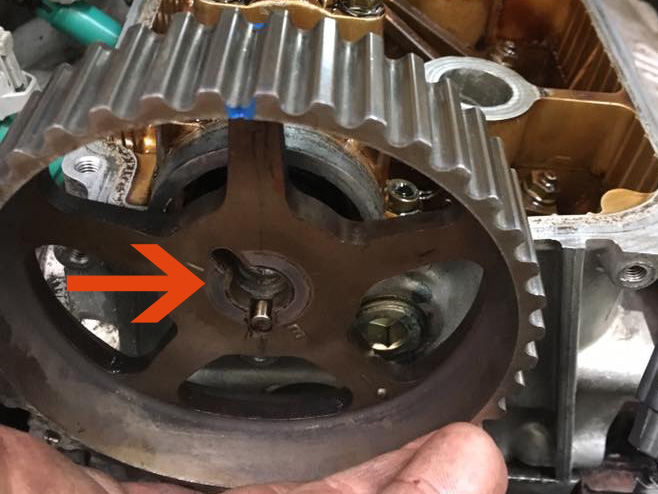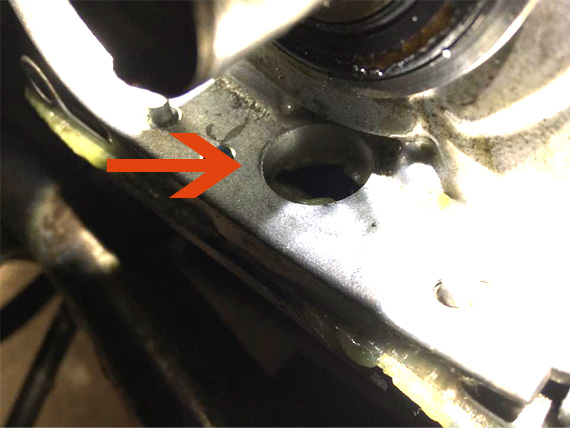The customer presented a Suzuki Jimny that had been the recipient of a 1.6L Suzuki Vitara engine with a rough running issue.
The vehicle had been driven up the east coast and reportedly started to run rough some time during the journey. The vehicle was looked at by several mechanics with the fuel filter, spark plugs, ignition coils, ignition leads, air filter, map sensor and timing belt being replaced, all in an effort to try and resolve the rough running issue, to no avail.
When the vehicle presented to the members workshop, they took a methodical approach to the diagnosis which included checking over the previous components replaced and work performed - all checked out OK.
The vehicle was running lean and the oxygen sensors checked out ok. Everything just ‘felt’ like the timing wasn't right so the timing cover was removed and alignment all checked out. It was noted that there was an oil leak in the timing case that was suspected to be seals.
At this stage, the customer was informed of the progress of the job and decided to push on. It was at this stage that the customer elected to replace the seals and timing belt.
Whilst proceeding with this repair, the rocker cover was removed to check the cam position and luckily so; the camshaft was 180 degrees out of position. There are two possible positions that the cam gear can be bolted up to the camshaft and it happened to have been in the incorrect position.

Given the implementation of a wasted spark ignition system, this allowed the engine to run which would not have been the case had an ROV system had been used.
The camshaft was rotated to its correct positioning and the cam gear bolted on in the correct position.
The crank gear was removed in order to replace the seal, revealing a strange hole going into the sump. This hole was used for a crank angle sensor however the sump that had been used on this engine happened to be for a 1.3L engine. This was causing oil to enter the timing case.

In order to properly rectify this issue the sump would need to be removed which may also have necessitated engine removal. The customer elected to seal the hole with gasket silicon as a temporary measure.
The engine was then assembled and road tested and had a new lease on life!
Thanks to Simon Hodge for sending in the report for this case study!
You've won a prize thanks to our friends at Injectronics! Please contact us at [email protected] in order to claim it.